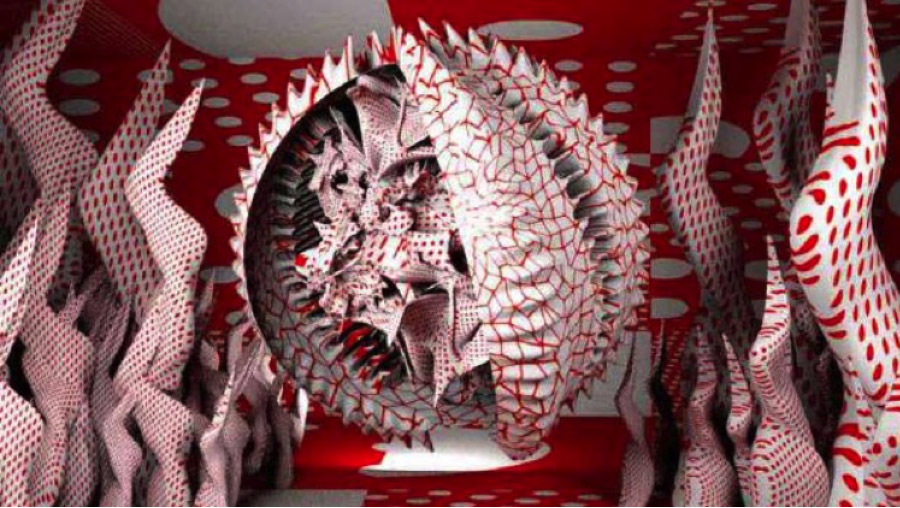“An illustration is a visual editorial - it's just as nuanced. Everything that goes into it is a call you make: every color, every line weight, every angle.”
- Charles M. Blow

3D Illustration
Overview
The Illustration pathway in the Graphic Arts and Design Program prepares students for careers in various industries, including education, entertainment, fashion, publishing, and marketing. This program, developed with input from industry experts and in collaboration with industry leaders and creative professionals, exposes students to emerging trends and cutting-edge technology. Over three years, students will learn Sequential Storytelling, Character Design, 3D illustration, Digital publishing, and more. As one of the oldest art forms for visualizing ideas and communicating complex information, illustration is a valuable and enduring field of study.
What you will learn
Year-1 (NSQF Level 4 & 5)
- Establish a base knowledge of design fundamentals, including typography, colour theory, layout, and imaging.
- Apply Gestalt principles to the creation of print-based design materials.
- Master industry-standard software and techniques for manipulating text and visuals, including printmaking methods.
- Learn the art of storyboarding, visual storytelling, and character design for various media.
- Compile a portfolio of your projects and gain practical experience with industry practice and real-world projects.
Year-2 (NSQF Level-6)
- Employ creative imaging to improve brand messaging, visual appeal, user behaviour, and perception.
- Achieve proficiency in leading industry software for visualization, illustration, and crafting innovative layouts.
- Design and produce visually compelling content for both print and digital media.
- Gain real-world experience by apprenticing with an industry mentor at the year’s end.
Year-3 (NSQF Level-7)
- Learn to develop and fulfil a creative brief, from the idea stage and research to visualization and actual execution.
- Enhance skills in effectively communicating and presenting creative concepts.
- Undertake a capstone project in a chosen industry sector during the final semester.
- Compile a professional portfolio showcasing various print and digital media illustration projects.

People
Enquiries



